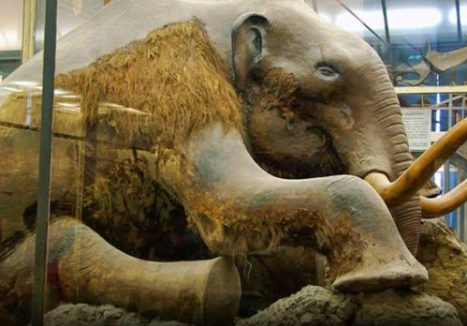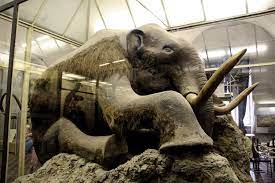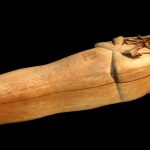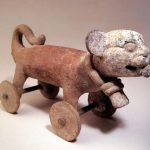A Frozen Giant, Trapped in Time and Silence

In the year 1900, deep in the frozen wilderness of Siberia, hunters made a discovery that would stun the world. Near the Beresovka River, they stumbled upon the body of a woolly mammoth — so well preserved beneath the permafrost that it looked as though time itself had stopped around him.
The mammoth sat partially upright, as if he had collapsed mid-step. His hip was shattered, his leg broken, and in his mouth, fragments of flowers were still lodged between his teeth. Inside his stomach were grasses, seeds, and leaves — undigested, preserved across more than 44,000 years. It was as though he had just eaten, and then, suddenly, life was snatched away.
For such a massive creature, weighing nearly six tons, to preserve its final meal, the freezing must have been instant. But how could something so sudden and so powerful have occurred?
Some scientists suggest a catastrophic climate collapse, an abrupt shift that buried him in ice. Others point to a volcanic eruption or a sudden landslide that entombed him in wet, frozen soil. Whatever the cause, it remains one of the great mysteries of prehistory — how a giant of the Ice Age was silenced in a single moment.
Today, the Beresovka mammoth rests in a Russian museum, but the questions he poses linger. His frozen body is not only a relic of an extinct species but also a riddle — about the fragility of life, the power of nature, and the forces that shaped the world long before humans walked it.
This mammoth is more than a specimen. He is a whisper from the Ice Age, a reminder that history is not always written in books, but sometimes carved in bone, sealed in ice, and preserved in silence for millennia.











